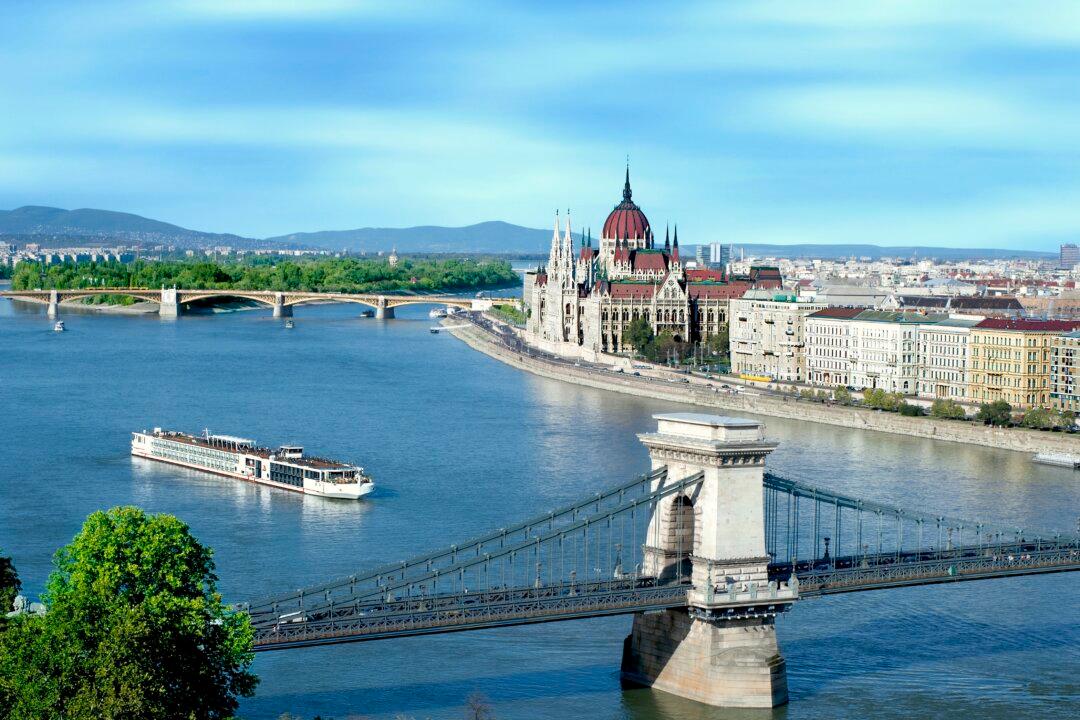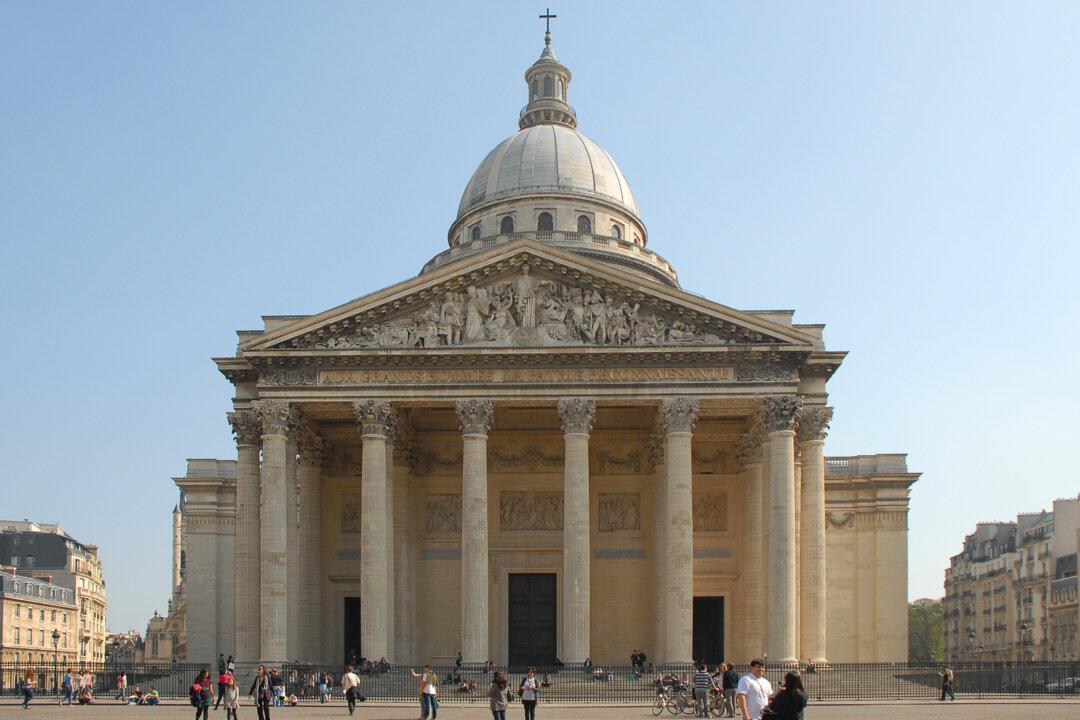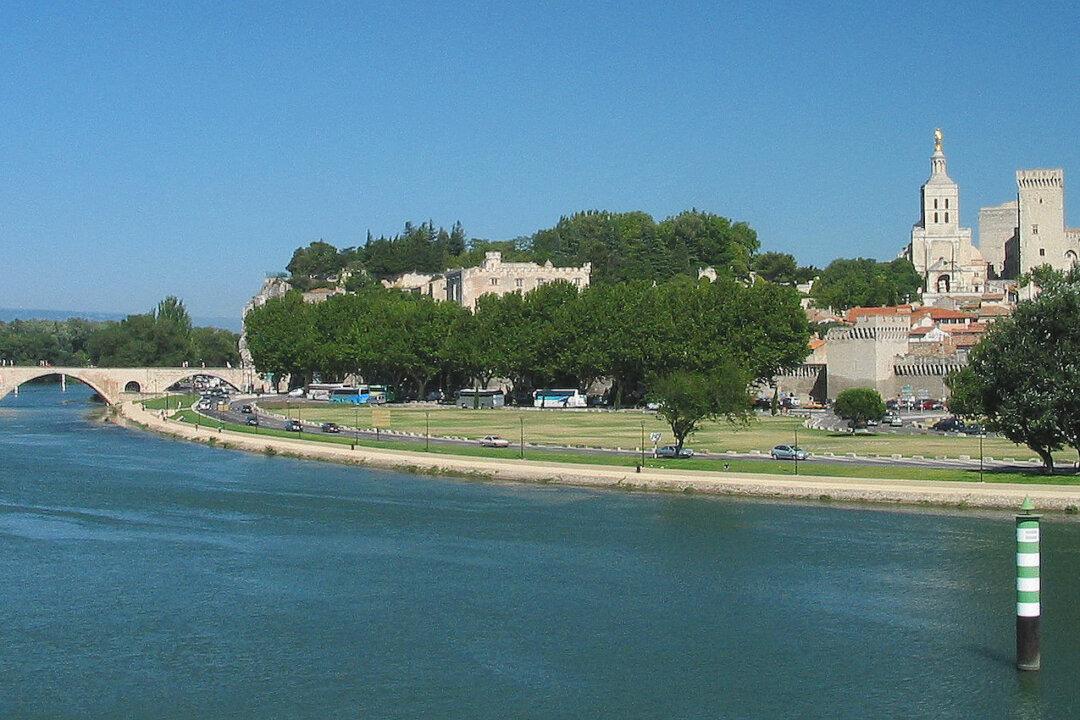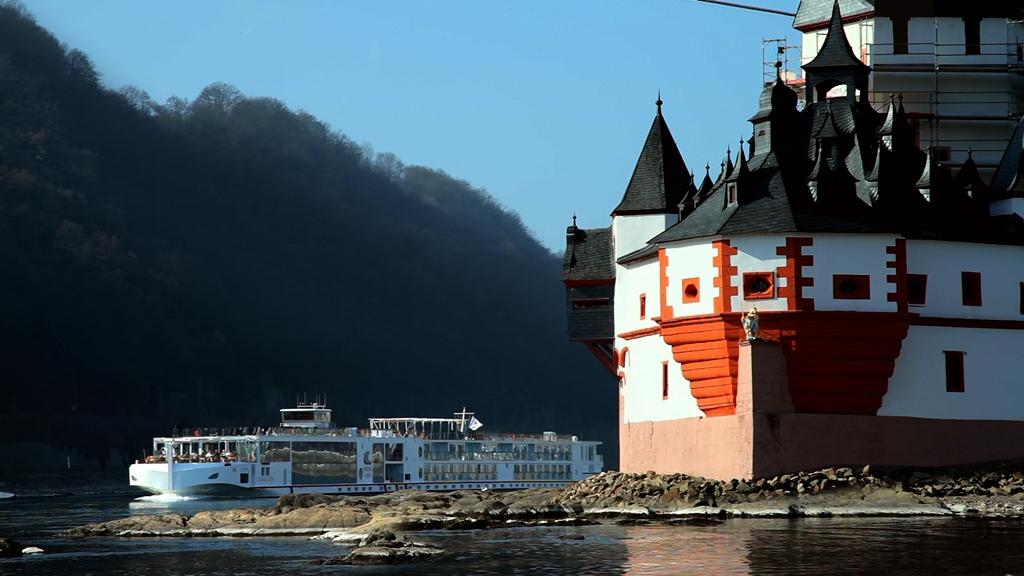Several lifetimes are not enough to explore Rome. Ruins are still being excavated, restored, and preserved for the next millennium. On my most recent of many trips to Rome, I wasn’t surprised to make new discoveries and to find better ways to enjoy favourite places and flavours. This trip, I took my daughter and grandson.
Two of Rome’s most beautiful piazzas—Piazza Navona, with its glorious fountains, and Piazza della Rotonda, where the Pantheon sits—are usually packed with large tour groups and opportunistic beggars. Just getting into the Pantheon is often a challenge.
However, we discovered that at 8 a.m. both piazzas are nearly deserted. We enjoyed cappuccino and croissants at an outdoor café in Piazza della Rotunda while admiring the Pantheon’s closed, bronze doors. Our light breakfast was pricey, but we were paying for an unobstructed view of a 2,000-year-old architectural wonder. The doors opened at 8:30, and less than 20 people joined us as we tried to tell time by the oculus and admired the marble statues.




